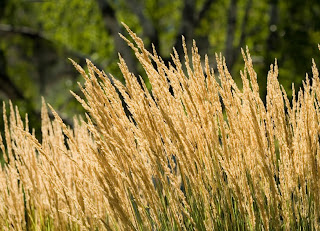Tuesday, December 29, 2009
Winter Blooming Witch Hazel
Pear Tree in the Night Snow
Sunday, December 27, 2009
Winter Pond Cleaning
Saturday, December 26, 2009
The Christmas Wow
Garden-wise, was really that Portland had 3 days of clear, bright skies. But I'll admit it wasn't until today that we got out into the yard to take advantage of one. In winter, as we're bringing the gardening indoors with seasonal decorations of evergreen boughs, ferns, berries, forced bulbs, and our marginal specimens, it's easy to put the outdoors maintenance out of mind. Our small pond clean-up and winter tree pruning chores were on hold. So today we went out and pruned our Bartlett Pear. The tree had been pruned twice prior to our ownership of the property, each time in a way that resulted in irreparable structural disadvantages. The first pruning was a topping that resulted in 8-10' tall water sprouts. The second one was a uniform "haircut" that caused the tree to send out even more of them. The weak branching returned in density, to the delight of neighborhood Finches and BlueJays alike. When leafed out, this tree structure provides lots of cover for the birds. We love the birds so we don't mind the aesthetics much, but with our Northwest winter winds, we anticipate some limbs will fall. There's no recovering the tree from this growth habit now, so we just went in for some damage control, removing several feet from the tops of the thickest of the water sprouts; thinning out smaller sprouts, crossed & dead branches and relieving the weaker branches from some top weight. The final cut looks a little rough, but come spring it'll fill in nicely. The cut branches are stacked in the yard, waiting for me to go out and cut them up for next summer's kindling. Here's hoping that the sun holds for one more day...
Monday, November 30, 2009
Sugar Pumpkins
Saturday, November 7, 2009
November Garden
Tuesday, October 6, 2009
So I finally like pears...
Saturday, October 3, 2009
Fall is here at last!

This is the light that means the most to grasses. At least for the favors it shows them, I would assume. Many species still hold flower stalks ripe with seed for next year's production - or proliferation, whatever the mode of existence. And it's this richly buttered light that, when draped among the stalks, affects a captivating glow. Here, the flower stalks of 'Karl Foerster' Feather Reed Grass, in such a light.
Subscribe to:
Posts (Atom)
